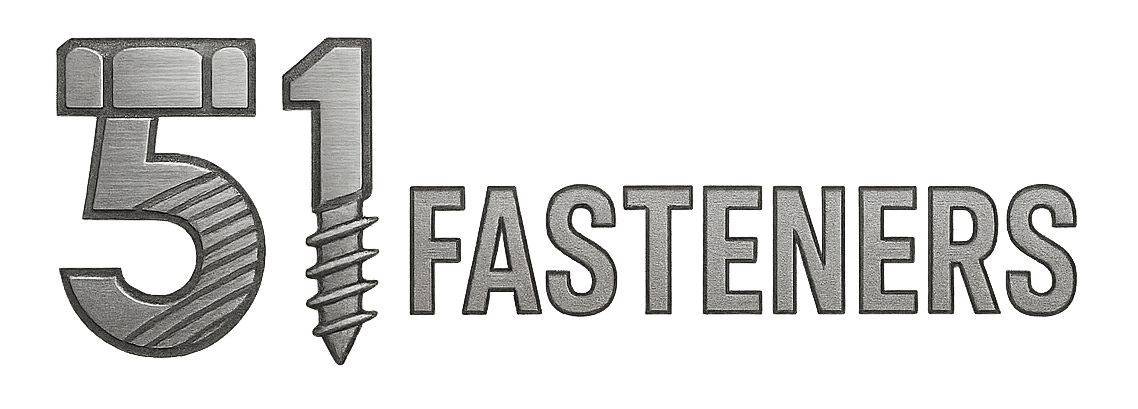What Are Weld Studs?
Weld stud fasteners have one end that is a weldable surface (which can be welded to steel plates, aluminum plates, etc.) and the other end with or without threads, used to connect one part to another part via welding gun welding or mechanical fastening.
Stud welding does not require welding rods or wires, as the stud itself serves as the welding material. Welding methods include arc welding, stored energy welding, friction welding, explosive welding, or capacitive discharge welding, with arc welding being the most commonly used.
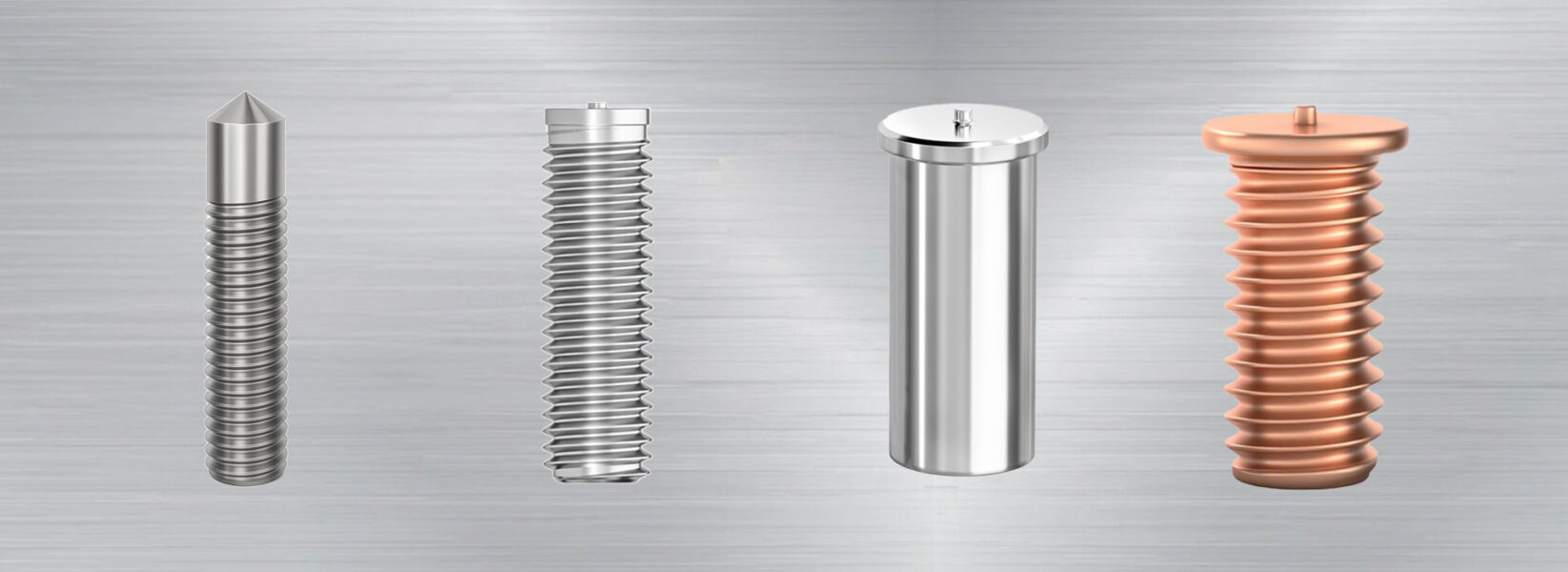
High-Quality Weld Stud Supplier
Specifications
| Size | M3 to M56 |
| Material | Carbon steel, stainless steel, aluminum alloy, brass, iron |
| Thread | UNC thread, UNF thread, ISO thread, Metric thread, Imperial thread, Full thread, Half thread, Coarse thread, Fine thread |
| Strength | Grade 4.8, 6.8, 8.8, 10.9, 12.9 ; A2-50, A2-70, A2-80, A4-70, A4-80 |
| Finishes | Galvanizing, chrome plating, copper plating, black oxide, passivation, spraying, polishing, phosphating, etc. |
| Standard | ISO, DIN, GB, GOST. |
| Packaging | Plastic box, cartons, pallets or customized packaging services |
Types of Weld Studs
There are many types of welded stud fasteners. Based on shape, they are classified into fully threaded cylindrical head studs, half-threaded studs, internally threaded studs, and non-threaded studs. Based on welding method, they are classified into arc welding studs, aluminum arc welding studs, refractory welding studs, and capacitive discharge (CD) welding studs.
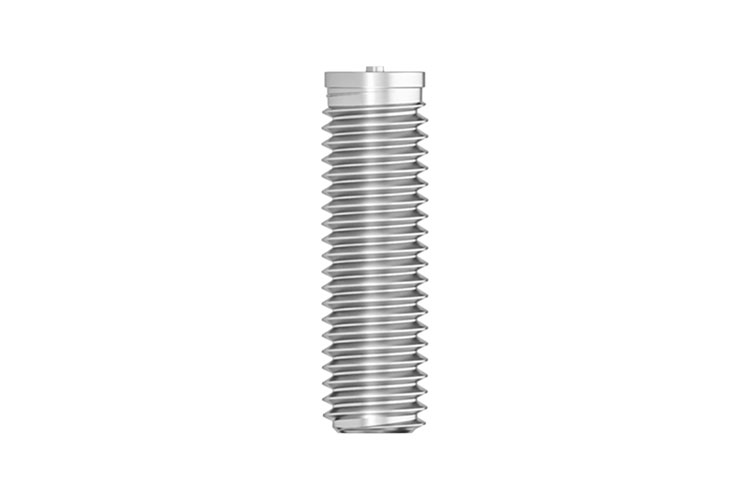
Full Threaded Weld Stud
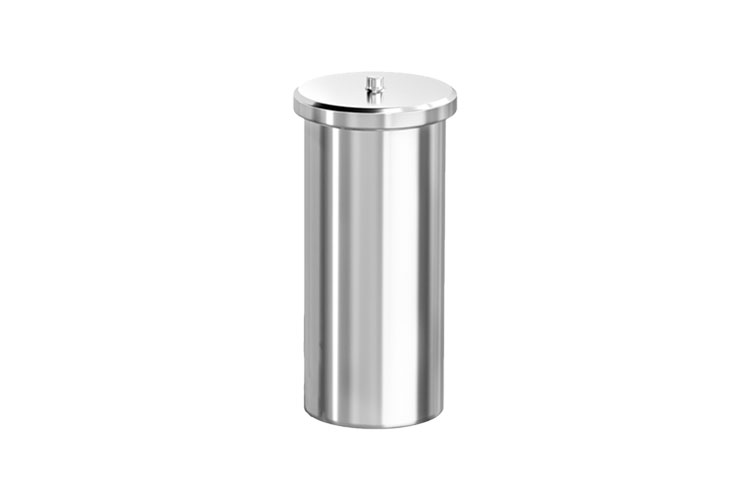
Weld Stud with Internal Thread
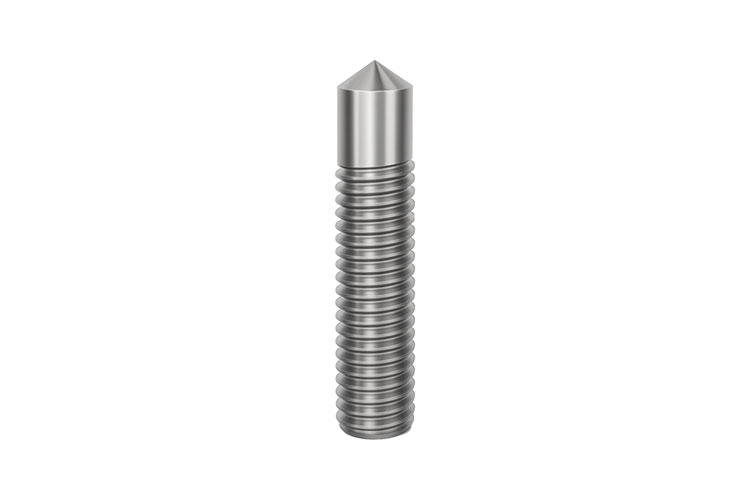
Drawn Arc Weld Stud
Standard
| ISO 13918 | DIN 32500 | GB/T 10433 | GOST R55738-2 |
| DIN 525 | QC/T 857 | GB/T 902 | DIN 32501 |
| DIN 34828 | Q118 | Q110 |
